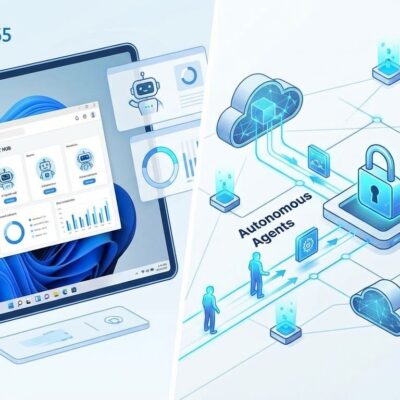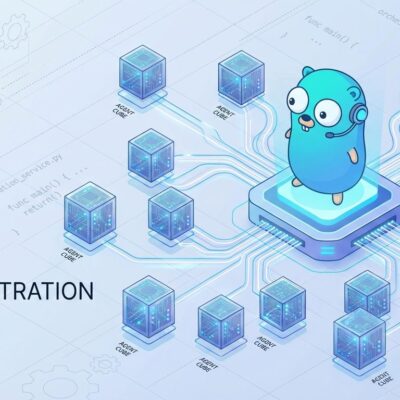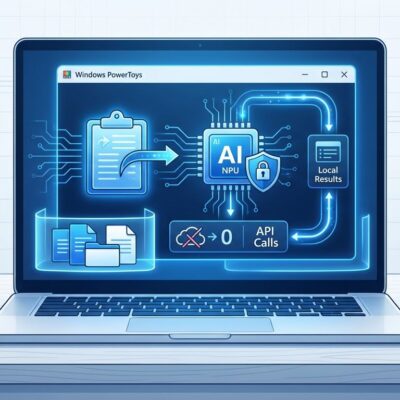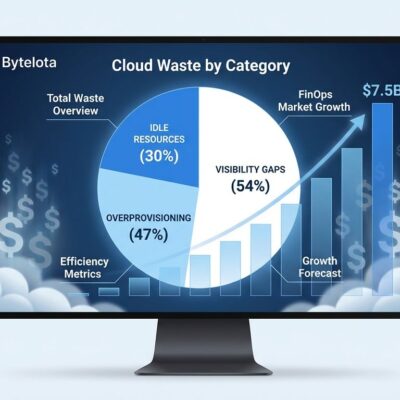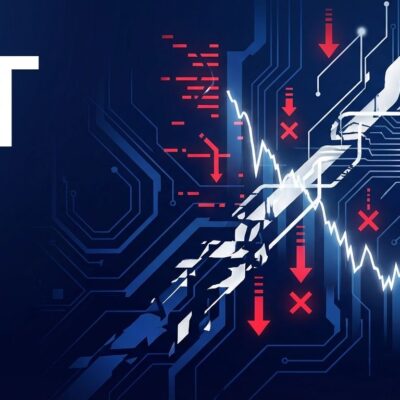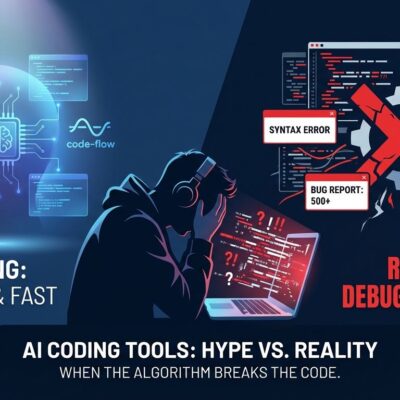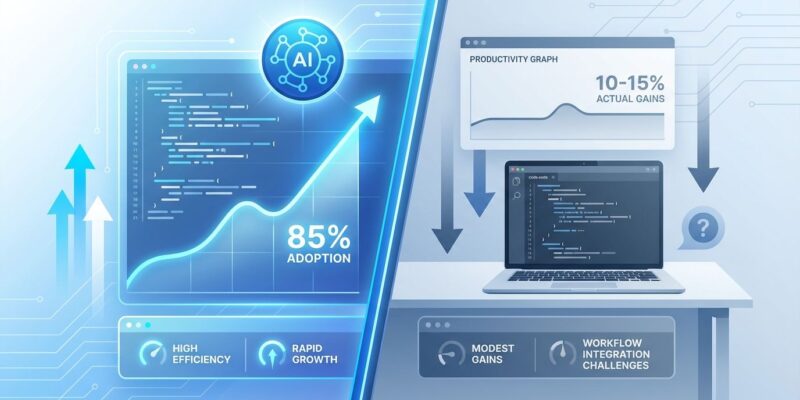
Three major studies released in Fall 2025 reveal a productivity paradox challenging the AI coding tools industry: while 85-95% of developers now use AI tools that write 41% of all code, actual productivity gains remain stuck at 10-15%—and a rigorous academic study found experienced developers were 19% slower with AI tools, despite forecasting they’d be 24% faster. Furthermore, this data contradicts the growth narrative driving a $3.1B market toward $26B by 2030. For engineering leaders making 2025 budget decisions, understanding why AI tools underdeliver—and how the 25-30% gains outliers achieve their results—is critical.
The Perception Gap: Forecasting 24% Gains, Delivering 19% Slowdowns
METR’s randomized controlled trial studied 16 experienced developers from repos with 22,000+ stars and 1M+ lines of code. The methodology was rigorous: 246 real issues averaging 2 hours each, half completed with Cursor Pro + Claude 3.5/3.7 Sonnet, half without AI assistance. Moreover, researchers paid participants $150/hour to ensure quality engagement.
The results shattered assumptions. Developers forecasted AI would reduce completion time by 24% before starting tasks. The measured reality: they took 19% longer with AI tools. Consequently, after completing the study—despite objective measurements proving they were slower—developers still estimated a 20% improvement. The perception distortion persisted even after measurement.
This isn’t a junior developer problem or a poor tool problem. These are experienced maintainers using frontier models with the best AI coding assistant available. Nevertheless, they performed worse objectively while believing they performed better subjectively. This explains why organizations invest in AI tools based on developer enthusiasm but see disappointing ROI.
Where the Productivity Gains Disappear
Faros AI’s analysis of 10,000+ developers shows individual output surging while organizational delivery metrics remain completely flat. Developers complete 21% more tasks and merge 98% more pull requests—impressive numbers that should translate to faster releases and higher throughput. However, they don’t.
The gains don’t scale because massive bottlenecks form downstream. Specifically, PR review time increases 91% as reviewers struggle with 154% larger pull requests. Additionally, bug rates climb 9% per developer as AI-generated code introduces quality issues. DORA metrics—deployment frequency, lead time, MTTR, change failure rate—show 0% improvement. Consequently, software delivery throughput stays unchanged.
Organizations celebrating “98% more PRs merged!” while release velocity stays flat are measuring the wrong thing. Developers write more code faster, but the system moves at the speed of its slowest component. Indeed, Amdahl’s Law applies to software development: accelerating one phase creates queue buildup in others. Individual productivity surges; organizational productivity stagnates.
The Math Behind 10-15% Reality
Bain & Company’s Technology Report 2025 reveals why vendor claims of 30-55% productivity gains don’t materialize: code writing represents only 25-35% of the total development lifecycle. Meanwhile, the other 65-75%—review, testing, planning, deployment, maintenance—remains largely unchanged by AI coding tools.
When AI accelerates coding by 30-55% but other phases stay constant, the net productivity gain is 0.30 × 0.30 = 9-10% across total developer time. This matches the observed 10-15% reality precisely. Moreover, developers face new challenges: 66% report inaccurate code suggestions, and 45% experience longer debugging times. Specifically, AI tools excel at boilerplate and simple features but struggle with security-critical code, performance optimization, and complex architectural decisions.
The uncomfortable truth: AI coding tools can’t deliver 30-55% productivity gains in isolation. Speeding up one phase creates queue buildup in others. Therefore, organizations achieving 25-30% gains—double the baseline—address all lifecycle components simultaneously, not just code generation.
AI as Amplifier: Why Strong Teams Win and Struggling Teams Lose
Google’s 2025 DORA Report surveying 5,000 professionals reveals AI acts as an “amplifier” rather than a fix—it magnifies existing organizational strengths and weaknesses. Consequently, teams with strong foundations see AI multiply their effectiveness to 25-30% gains. Meanwhile, struggling teams with dysfunction find AI intensifies their problems, delivering negative gains.
DORA identifies seven capabilities that determine whether AI helps or hurts: clear AI stance, healthy data ecosystems, AI-accessible internal data, strong version control, working in small batches (<200 lines/PR), user-centric focus, and quality internal platforms with fast CI/CD. Teams possessing these capabilities use AI to become even better. However, teams lacking them find AI highlights and accelerates their problems—larger PRs clog weak review processes, faster code generation overwhelms inadequate testing infrastructure, and unreliable data sources produce unreliable AI suggestions.
The insight: AI doesn’t fix a team; it amplifies what’s already there. Purchasing AI tool licenses without building organizational capabilities is like buying a race car engine for a vehicle with bicycle brakes. Indeed, the tool doesn’t create capabilities; it multiplies them. Therefore, budget decisions should prioritize building strong foundations over acquiring AI tools alone.
The Path to 25-30% Gains: Lifecycle-Wide Transformation
Organizations achieving 25-30% productivity gains—double the industry baseline—don’t just adopt AI tools. Instead, they implement lifecycle-wide transformation: review process redesign with smaller PR batching (<200 lines), AI-assisted summaries, and parallel routing; modernized testing infrastructure with parallel execution and AI-generated test cases; optimized CI/CD pipelines with feature flags and real-time monitoring; role-specific training with shared standards and psychological safety; and data-driven measurement tracking both individual and organizational metrics.
Compare what works versus what fails. Bottom-up AI adoption—buy GitHub Copilot licenses enterprise-wide, announce “AI tools available, use them!”, provide no training, make no process changes, update no infrastructure—produces 10% gains or negative. As a result, individual developers write more code, review queues back up, PRs explode in size, bugs increase, organizational metrics stay flat. In contrast, lifecycle-wide transformation—addressing review, testing, deployment, training, and measurement simultaneously—produces 25-30% gains.
For 2025 budget planning, this provides the roadmap. Don’t invest $X in AI tool licenses and expect 30% gains. Instead, invest $X in AI tools plus $3-5X in process redesign, infrastructure modernization, and training. The companies doubling the baseline aren’t lucky—they’re addressing the entire system, not just one component.
Key Takeaways
The Fall 2025 productivity data fundamentally challenges the AI coding tools narrative:
- Set realistic expectations: Expect 10-15% productivity gains from AI tools alone, not 30-55%. Achieving 25-30% requires lifecycle-wide transformation costing 3-5X the tool licenses.
- Trust measurement, not perception: Developers consistently overestimate AI productivity gains by 20-40 percentage points. Use objective metrics (DORA, throughput, cycle time), not surveys.
- Address the entire lifecycle: AI accelerates coding (25-35% of time) but creates bottlenecks in review, testing, and deployment (65-75% of time). Fix all phases simultaneously or gains disappear downstream.
- Build foundations first: AI amplifies existing capabilities. Teams lacking strong version control, quality platforms, small batches, and healthy data see negative gains. Fix organizational fundamentals before scaling AI adoption.
- Budget based on reality: The $26B market projection assumes 30-55% productivity gains. Delivered reality is 10-15%. CFOs demanding ROI proof will force market correction. Budget for realistic gains, not vendor claims.
For engineering leaders: The path to 25-30% gains exists, but it’s not a shortcut. It requires investment beyond tool licenses—process redesign, infrastructure modernization, and cultural change. Organizations taking that path double the baseline. Those expecting tools alone to deliver transformation will join the majority stuck at 10-15%.


